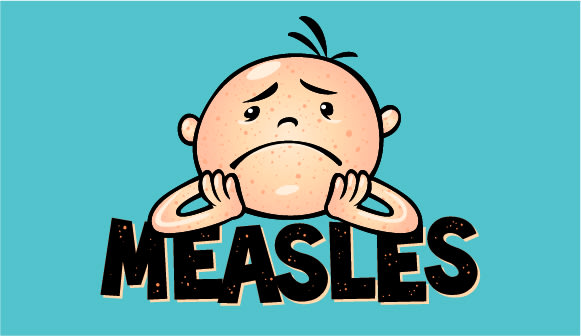Teen drowning dangers
Silly stunts and minimal supervision mean risk in the water.
Article Author: Katie McPherson
Article Date:

Most parents know to watch their toddler's every move around the pool, and can’t wait to get him or her swimming lessons so they can relax just a little. But knowing how to swim isn’t a guarantee your child is safe around water.
A new report from the American Academy of Pediatrics (AAP) found that drowning is one of the leading causes of death for children ages 1 to 19 in the United States, and boys between 15 and 19 years old are 10 times more likely to drown than girls the same age.
Why are teens at a high risk of drowning?
Researchers believe it could be because teenage boys are more likely to overestimate their swimming abilities, or because they may drink alcohol with friends before hopping into the pool, lake or ocean.
One of the best ways to prevent water accidents for young children is to make sure they’re constantly supervised. But in your child’s teenage years, it can be harder to keep a watchful eye.
“During the adolescent years, we tend to see kids doing more activities with friends than with adults, and therefore the adult-supervised safety lens is not always present,” said Jessica Winberry, prevention coordinator with THE PLAYERS Center for Child Health at Wolfson Children’s Hospital. “Teens often don’t want peers to know when they are unable to do something, like swim, and they may be more likely to take part in activities that they wouldn’t normally do with their parents around.”
The AAP report said alcohol and a bit of bravado play a role, too.
“We do see teenage boys a little more at risk, perhaps because they tend to be the physical risk-takers in general,” Winberry said. “Alcohol is a big risk. Across the board, people who are drinking have a higher chance of drowning, even into adulthood. Being impaired by alcohol or drugs certainly increases the risk of drownings. Anytime you’re around the water is certainly not a time to be impaired.”
Winberry said other reasons teens are at such high risk of drowning may include:
- They are often swimming in natural bodies of water (lakes, rivers, oceans) where visibility may be low or currents and riptides add extra difficulty, even for strong swimmers.
- Teens are more likely to jump or do stunts into the water, which can lead to head and neck injuries that render them unconscious.
- They are more likely than younger kids to have access to boats or kayaks.
How can you lower your teen’s risk?
The best thing you can do to protect your teenage son or daughter is to talk to him or her ahead of time about how to be safe around the water. As parents of teens know, you can’t control their every move anymore, so it’s best to equip them with knowledge and encourage them to use it.
Winberry recommends these safety steps:
- Master the five survival skills of swimming:
- Stepping or jumping into the water and returning to the surface
- Treading water for one minute
- Swimming 25 yards to the exit of a pool
- Exiting a pool without a ladder
- Never swimming alone
- Walk into any body of water when entering for the first time. This reduces the chance of injury from jumping in and striking an unseen object. Remember this: First time in, go feet first.
- At the beach, only swim when and where lifeguards are on duty, preferably right in front of the lifeguard stand. Talk to the lifeguard when you arrive and ask about any riptides, undercurrents, or other dangers (like rocks) in the water.
- Have age-appropriate conversations about drugs and alcohol in general and how they increase the risk of injury.
- Encourage your child to swim with a buddy. If the friend is struggling in the water, your teen should throw him or her a flotation device (not try to perform a rescue themselves) and alert a lifeguard immediately, if one is present.
- If your child is on a boat, or not a proficient swimmer, he or she should always wear a lifejacket. It must be labeled as “U.S. Coast Guard-approved” in order to be considered a life-saving device, and your teen should use one that is specific to his or her height and weight and fitted correctly.
- Take a CPR class with your child so he or she is prepared to help someone in an emergency.
THE PLAYERS Center for Child Health at Wolfson Children’s Hospital provides child injury prevention information through Safe Kids Northeast Florida. To learn more about water, home, bike or car safety, call 904.202.4302.



